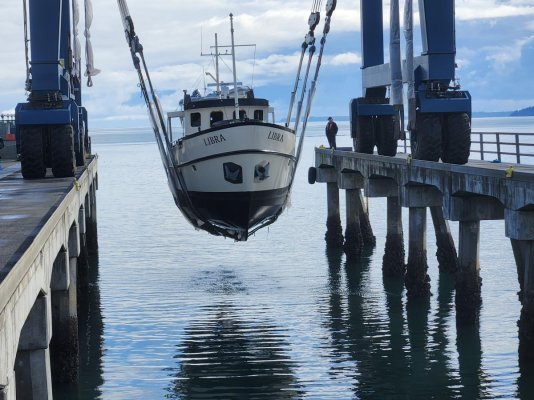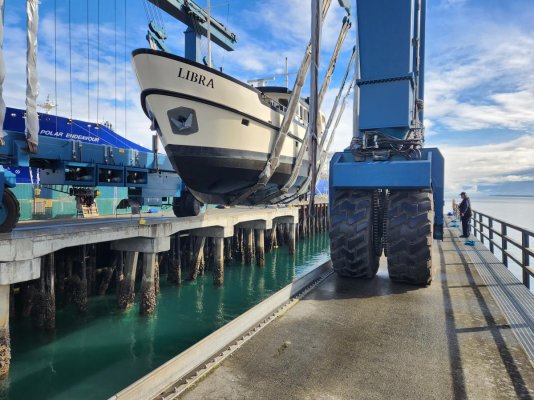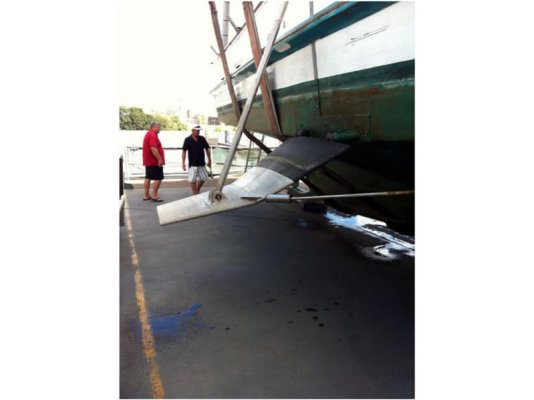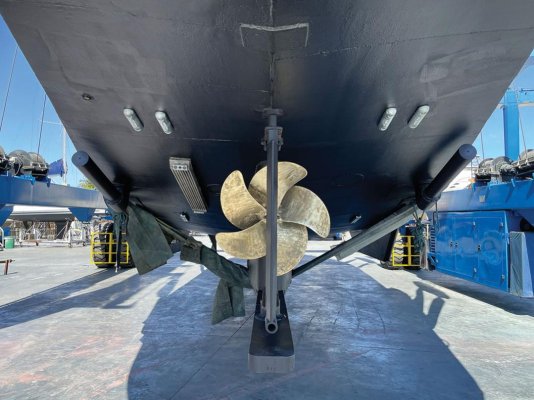klee wyck
Guru
- Joined
- Feb 8, 2014
- Messages
- 987
- Location
- USA
- Vessel Name
- Domino and Libra
- Vessel Make
- Malcom Tennant 20M and Noordzee Kotter 52
I thought I would take moment and introduce an ongoing thread here for an upcoming project.
LIBRA will be headed to the shed in Port Angeles in March for, among other things, the fitting of a pair of Magnus Rotors for roll dampening.
The equipment has been purchased from DMS Holland and the work will be performed by Platypus Marine. This may be the first US installation of this equipment.
Any comments or advice from forum members with experience with this equipment will be appreciated.
I will supply photographic support of our project as it proceeds. Now that I have committed to this project and accepted that it is senseless and risky, I am pretty jazzed to get going.
LIBRA will be headed to the shed in Port Angeles in March for, among other things, the fitting of a pair of Magnus Rotors for roll dampening.
The equipment has been purchased from DMS Holland and the work will be performed by Platypus Marine. This may be the first US installation of this equipment.
Any comments or advice from forum members with experience with this equipment will be appreciated.
I will supply photographic support of our project as it proceeds. Now that I have committed to this project and accepted that it is senseless and risky, I am pretty jazzed to get going.





